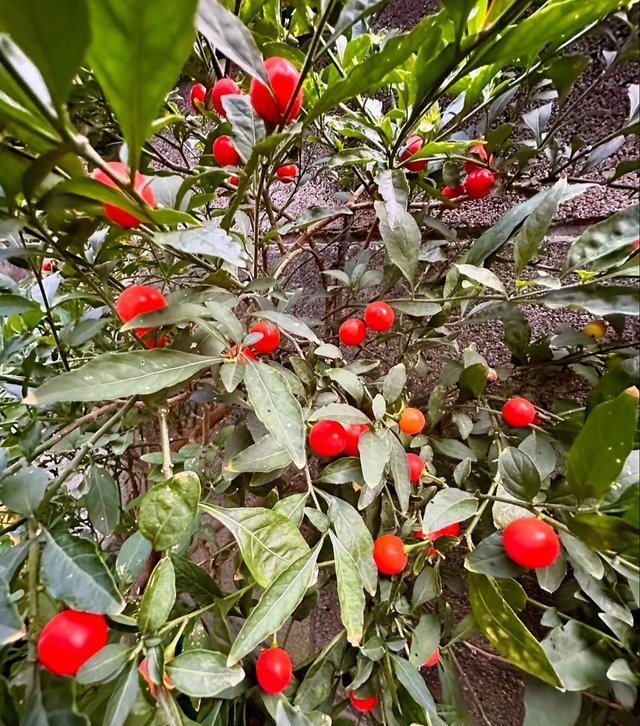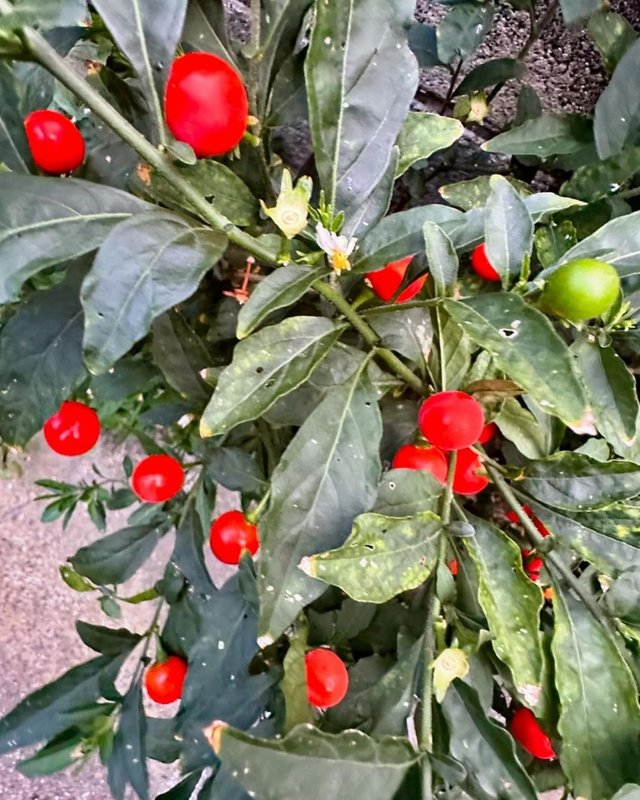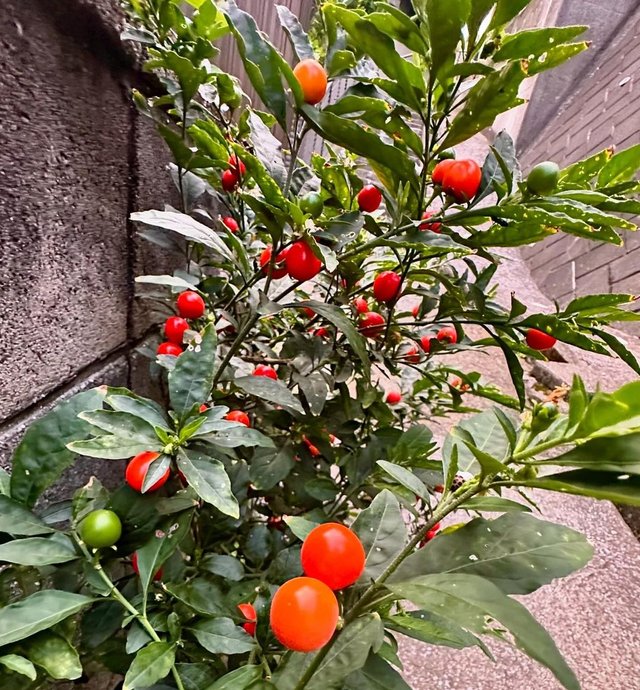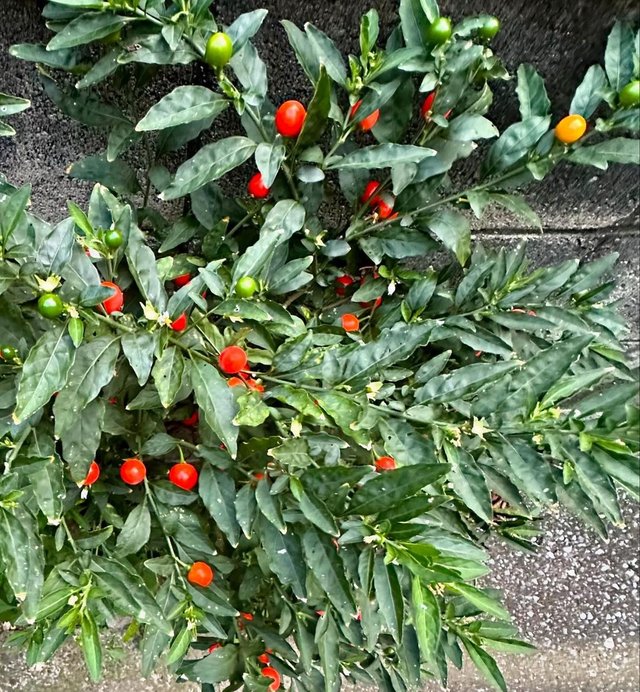Solanum Pseudocapsicum So Beautiful
Solanum pseudocapsicum, commonly known as the Jerusalem cherry, Madeira winter cherry, or simply winter cherry, is a small perennial shrub in the Solanaceae family. Native to South America, particularly Brazil, Bolivia, and Paraguay, this plant has found its way into gardens and homes around the world due to its ornamental appeal. The species is noted for its striking bright red or orange berries, which resemble small tomatoes or cherries, thus the name "Jerusalem cherry."
Botanical Description
Appearance and Growth Habit
Solanum pseudocapsicum typically grows to a height of 30 to 60 centimeters, but under optimal conditions, it can reach up to 1 meter. The plant has a bushy, compact form with a dense arrangement of branches. Its leaves are ovate to lanceolate, glossy, and dark green, measuring 3 to 7 centimeters in length. The foliage is evergreen, maintaining its lush appearance throughout the year in suitable climates.
Flowers and Fruits The flowers of Solanum pseudocapsicum are small, white, and star-shaped, typically blooming in the summer. These blossoms are followed by the development of the plant’s signature fruit. The berries start as green and gradually ripen to a bright red or orange color, often persisting on the plant through winter, adding a vibrant touch to the winter garden.
Toxicity While the berries of Solanum pseudocapsicum are visually appealing, they are toxic if ingested. They contain solanocapsine, a glycoalkaloid compound that can cause gastrointestinal distress, including nausea, vomiting, and diarrhea. In large quantities, consumption can lead to more severe symptoms such as drowsiness, confusion, and, in extreme cases, respiratory depression. Therefore, it is crucial to keep this plant out of reach of children and pets.
Cultivation and Care
Growing Conditions
Solanum pseudocapsicum thrives in well-drained soil with a pH ranging from slightly acidic to neutral. It prefers a sunny location but can tolerate partial shade. The plant is relatively hardy and can be grown outdoors in USDA hardiness zones 8 to 11. In cooler climates, it is often grown as a houseplant or in containers that can be brought indoors during the winter months.




Thanks For Reading
Device Information
| Device | Redmi Note 10 Pro |
|---|---|
| Lens | 64 mp |
| Location | Bangladesh |
